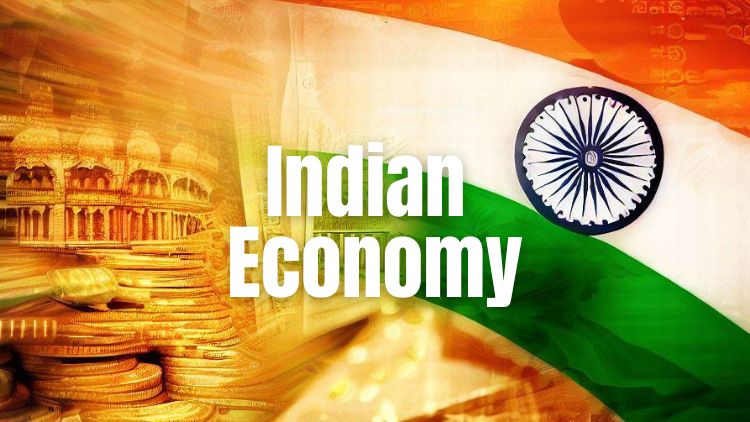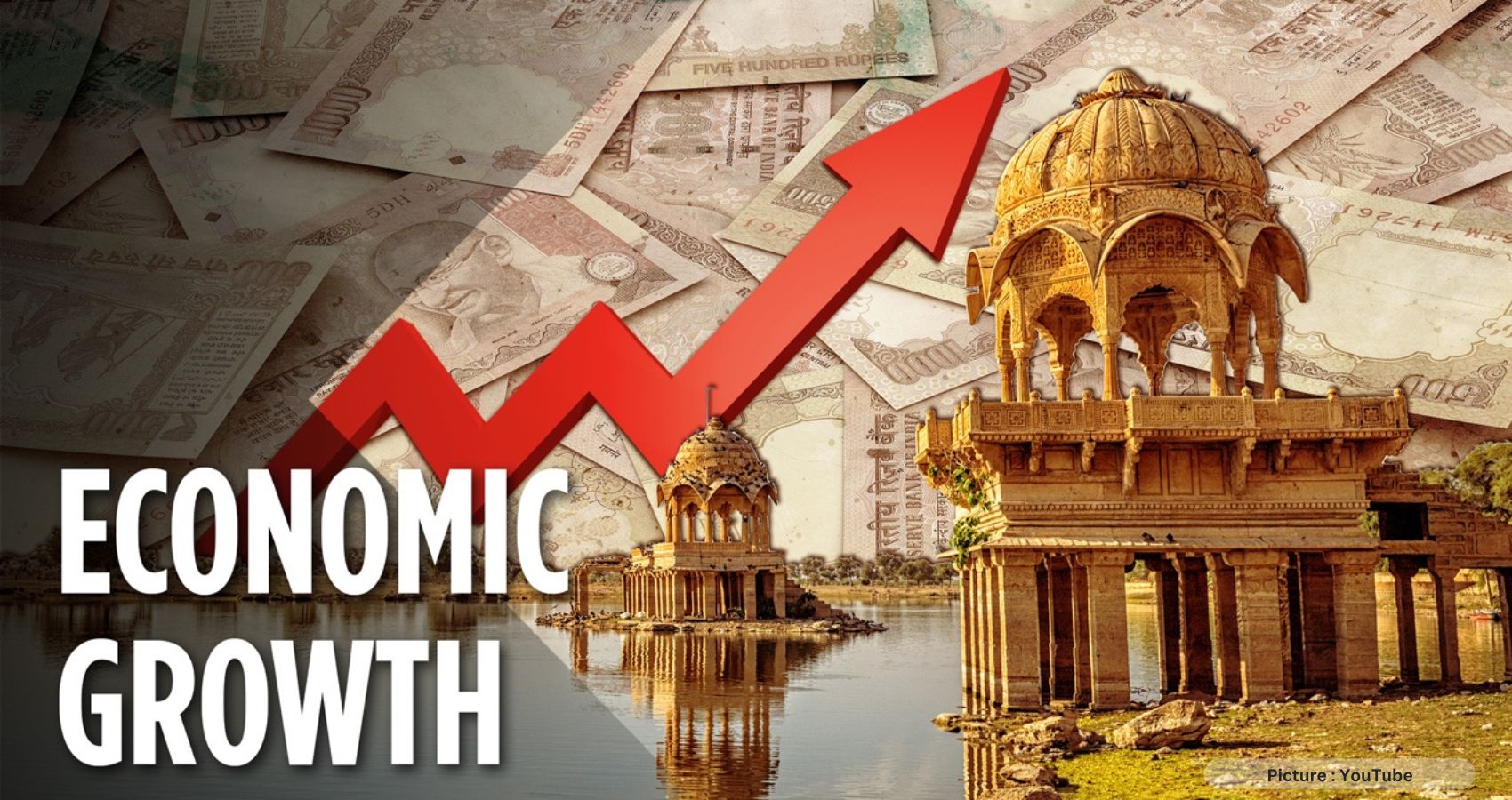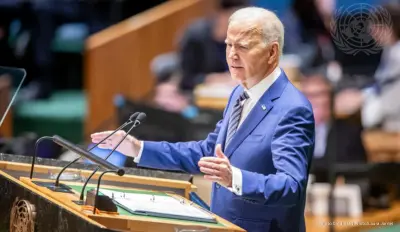Angus Maddison, the esteemed economic historian, estimated that India held the position of the world’s largest economy for an astonishing period of one and a half millennia. However, by 1820, China surpassed India, and the two countries continued to dominate the global economy until 1870 when the Industrial Revolution in the West and European colonization began to take effect. Consequently, Britain emerged as the leading economic power, but by 1900, the United States took over this mantle. Nevertheless, with the growing discussion about Asia’s rise, there is speculation that the world economy might be returning to its historical norm.
The potential for such a shift cannot be underestimated. China, with an economy already at 70% of the U.S. and a growth rate more than double that of the latter, is poised to become the world’s largest economy between 2035 and 2040. Yet, the focus now shifts to whether India’s economy will also surpass that of the U.S. and when this might occur.
Several factors work in favor of India. To begin with, its GDP per capita is currently less than 20% of China’s and merely 5% of the U.S.’s. However, this productivity gap presents significant opportunities for India to catch up. By accumulating capital and imparting skills to its workforce, the country can achieve substantial productivity increases simply by deploying existing superior technologies.

India’s young and sizable population provides a dual advantage. Firstly, a larger workforce translates into potentially higher output per capita. Secondly, as the young tend to save for old age, this leads to higher savings and consequently increased investment. These factors not only contribute directly to output but also facilitate the adoption of advanced technology. Additionally, a younger population injects more energy and dynamism into the nation, fostering innovation.
To fully leverage its young population, India must focus on raising its labor participation rate, particularly among women. Currently, less than one-quarter of women aged 15 and above are part of India’s workforce, whereas in China and the U.S., three-fifths of women participate. Improving education at all levels will play a crucial role in achieving this objective.
Population size is another advantage for India, which likely surpassed China to become the world’s most populous country. This population advantage leads to economies of scale in the provision of public goods. For instance, India’s digital payments infrastructure built on the Aadhaar biometric identity system and the UPI platform benefits from a larger user base, reducing the per-capita cost of building the infrastructure. The same principle applies to other sectors like transportation, electricity, and water supply.
The larger population also aids in creating supply chains, allowing for agglomeration and cost efficiencies. With increasing risks in China, multinational corporations are adopting the “China+1” strategy, seeking an alternative, less risky, and cost-effective location for investments. India stands out as a strong contender for this strategy due to its substantial single market size, enabling smoother movement of components without customs barriers. Moreover, the large internal labor market enhances the potential for a better match between required skills and available workforce.
To realize its potential, India needs to reduce trade protectionism, which remains relatively high. Sustaining growth rates of at least 8% to overtake the U.S. economy requires embracing globalization. Lowering tariffs, engaging in more free trade agreements with major economies and trade blocs, and reducing the use of anti-dumping measures are crucial steps.
Additionally, India must address certain areas of concern. Swift privatization of public sector enterprises, particularly banks with a history of low or negative returns, is essential. Tax reform is another priority, as businesses, especially small- and medium-sized ones, have voiced complaints about overzealous tax authorities and a complex system.
Ultimately, India should hark back to the spirit of its economic reforms in 1991, which emphasized liberalization, privatization, and globalization, and have already contributed to accelerated growth. If India aims to regain its position among the world’s top two economies in the next 50 years, it must deepen and broaden the reforms initiated three decades ago.











